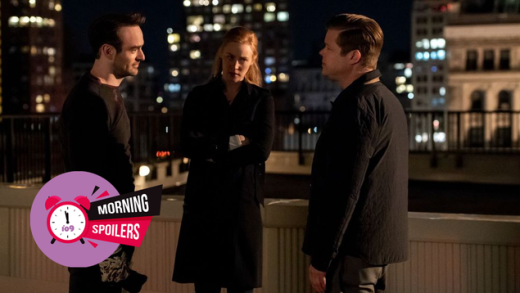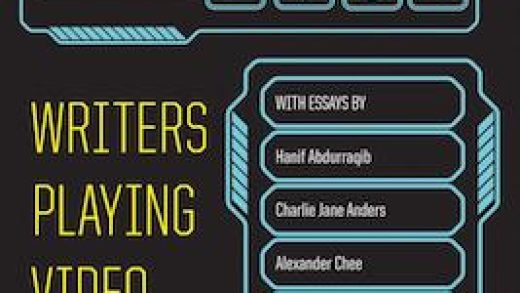For me, the best way to get to know a new place is to explore its neighborhoods, visit some small businesses, and try some of the local fare. Of course sometimes I just want some comfort food. I’m always happy when I can combine both of these interests by hunting down a good, local veggie burrito. Burritos are one of the things that help me feel normal when jet lagged between time zones. Finding one is easy when I’m in places like Dallas. It’s not always as simple when I’m in a city like Helsinki, or when I’m travelling with people who have food allergies.
In these moments, I turn to Google Maps for help. Over the years, I’ve discovered some great burrito places. In honor of Google Maps’ 15th birthday, I’ve made a list of some of my favorites on Google Maps (of course!).
Finding the best burrito might sound trivial in the context of all the amazing things Google Maps can do—from helping to shave hours off a commute over the course of the year to providing SOS alerts during emergencies. But for someone who finds as much joy in a good burrito as I do, it can be a magical moment. We want to continue getting these “burrito” moments right for all our users, whatever that means for you.
The same technology that helps me find a delicious burrito started as an ambitious goal 15 years ago to map the entire world. I know first-hand how powerful mapping the world can be. In places like where I grew up in India, there wasn’t always a clear structure to the address system. I relied on local knowledge to get to where I was going. In practice, that meant giving an auto rickshaw driver a landmark, like a hotel, and then as I got close, popping my head out to ask for directions to the actual destination. Not always fast or easy.
Contrast that experience with the first time I used Google Maps in India. I had arrived in Mumbai in the early morning hours and jumped into a cab to get to a friend’s house which was difficult to locate. Using Google Maps, I was able to give the driver turn-by-turn directions without asking anyone. I was excited by how easy it was, but my driver was really blown away.
Not only do maps make it easier to get around; they also can give you a sense of identity when you see your street on the map for the first time. That was one of the revelations of MapMaker. Launched by two Google engineers in 2008, it was a way for people to add streets and local landmarks to improve the experience of Google Maps, starting in India. It quickly evolved to help map floods in the Philippines and Pakistan, and later to allow people in the U.S. add a new road to their neighborhood. Its legacy continues today with Local Guides, our active community of more than 120 million users who help keep the map factual and up to date by contributing reviews, photos and local expertise.
One of the next frontiers for Maps will be to help the billions of people who live without a physical address get a digital one. These open-source digital addresses, called Plus Codes, are based on latitude and longitude coordinates, rather than a street address, and can be used freely by anyone. With a digital address, more people will be able to access things like banking and emergency services, receive personal mail and deliveries, and help people find and patronize their businesses. It’s still in early days, but we’re excited about the potential.
All of this is built on amazing amounts of computing power and technical innovation. For example, when we started Street View, our effort to map the images of every street in the world, we realized we need more than just people to help organize all of the photos generated by the Street View cars. That helped to inspire deep investments in machine learning—and these investments continue to accelerate our progress to make maps (and all of our products) useful to people around the world.
I’m so proud of how Google Maps has grown from a small team with a big mission, to helping a billion people discover the world around them. Wishing Google Maps a very happy 15th birthday—I may have a burrito to celebrate!
Source : HBD Maps! Reflecting on 15 years of mapping the world












